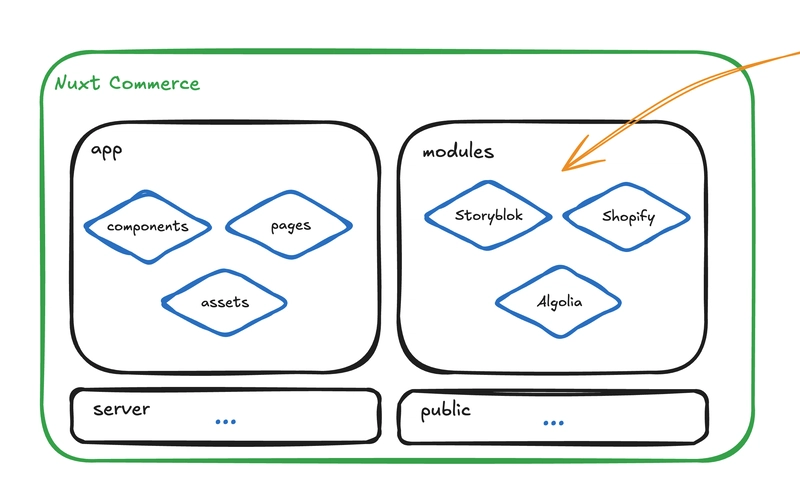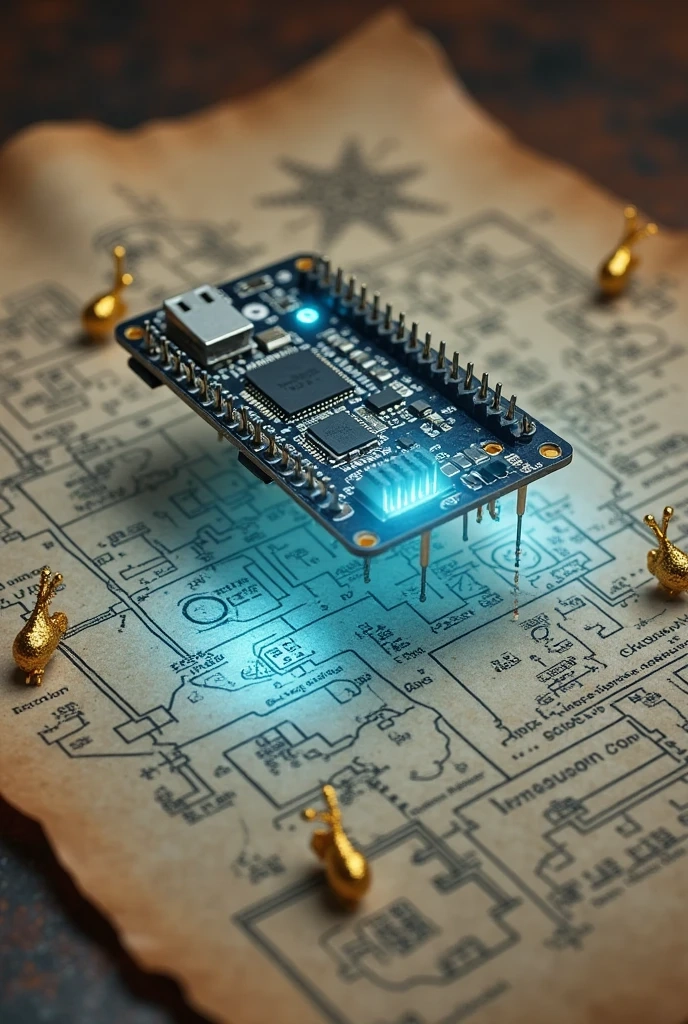What is the difference between single-core and multi-core SoCs?
Single-Core vs. Multi-Core SoCs A System on Chip (SoC) integrates multiple components, including a processor, memory, and peripherals, into a single chip. The core refers to the processing unit (CPU) inside the SoC. 1. Single-Core SoC A single-core SoC has one CPU core to execute instructions. ✅ Advantages: Simpler design → Easier to program and manage. Lower power consumption → Good for basic embedded systems. Less heat generation → No need for complex cooling. ❌ Disadvantages: Limited performance → Only one task runs at a time. Slower multitasking → Switching between tasks takes more time. Not ideal for complex applications like AI, gaming, or multitasking. Example SoCs: ESP8266 (Wi-Fi microcontroller) ATmega328P (Used in Arduino Uno) Raspberry Pi Zero (older versions) 2. Multi-Core SoC A multi-core SoC has two or more CPU cores that can execute tasks in parallel. ✅ Advantages: Better performance → Can run multiple tasks at once. Efficient multitasking → Handles background processes smoothly. Improved power efficiency (per core) → Each core can run at lower speeds. ❌ Disadvantages: More complex programming → Requires parallel processing techniques. Higher power consumption → More cores use more energy. Can generate more heat → Requires better cooling in high-performance applications. Example SoCs: Raspberry Pi 4 (Quad-core Cortex-A72) ESP32 (Dual-core Tensilica Xtensa LX6) Apple A17, Snapdragon 8 Gen 2 (Smartphones) NVIDIA Xavier AGX (AI & robotics applications) 3. When to Use Single-Core vs. Multi-Core? Which One Do You Need? Single-Core: Good for simple IoT projects, sensors, and basic automation. Multi-Core: Ideal for AI, robotics, multimedia processing, and multitasking.

Single-Core vs. Multi-Core SoCs
A System on Chip (SoC) integrates multiple components, including a processor, memory, and peripherals, into a single chip. The core refers to the processing unit (CPU) inside the SoC.
1. Single-Core SoC
A single-core SoC has one CPU core to execute instructions.
✅ Advantages:
- Simpler design → Easier to program and manage.
- Lower power consumption → Good for basic embedded systems.
- Less heat generation → No need for complex cooling.
❌ Disadvantages:
- Limited performance → Only one task runs at a time.
- Slower multitasking → Switching between tasks takes more time.
- Not ideal for complex applications like AI, gaming, or multitasking.
Example SoCs:
- ESP8266 (Wi-Fi microcontroller)
- ATmega328P (Used in Arduino Uno)
- Raspberry Pi Zero (older versions)
2. Multi-Core SoC
A multi-core SoC has two or more CPU cores that can execute tasks in parallel.
✅ Advantages:
- Better performance → Can run multiple tasks at once.
- Efficient multitasking → Handles background processes smoothly.
- Improved power efficiency (per core) → Each core can run at lower speeds.
❌ Disadvantages:
- More complex programming → Requires parallel processing techniques.
- Higher power consumption → More cores use more energy.
- Can generate more heat → Requires better cooling in high-performance applications.
Example SoCs:
- Raspberry Pi 4 (Quad-core Cortex-A72)
- ESP32 (Dual-core Tensilica Xtensa LX6)
- Apple A17, Snapdragon 8 Gen 2 (Smartphones)
- NVIDIA Xavier AGX (AI & robotics applications)
3. When to Use Single-Core vs. Multi-Core?
Which One Do You Need?
- Single-Core: Good for simple IoT projects, sensors, and basic automation.
- Multi-Core: Ideal for AI, robotics, multimedia processing, and multitasking.









































































































































































![[The AI Show Episode 142]: ChatGPT’s New Image Generator, Studio Ghibli Craze and Backlash, Gemini 2.5, OpenAI Academy, 4o Updates, Vibe Marketing & xAI Acquires X](https://www.marketingaiinstitute.com/hubfs/ep%20142%20cover.png)































































































































![[DEALS] The Premium Learn to Code Certification Bundle (97% off) & Other Deals Up To 98% Off – Offers End Soon!](https://www.javacodegeeks.com/wp-content/uploads/2012/12/jcg-logo.jpg)

![From drop-out to software architect with Jason Lengstorf [Podcast #167]](https://cdn.hashnode.com/res/hashnode/image/upload/v1743796461357/f3d19cd7-e6f5-4d7c-8bfc-eb974bc8da68.png?#)








































































































.png?#)


































_Christophe_Coat_Alamy.jpg?#)



.webp?#)






































































































![Apple Considers Delaying Smart Home Hub Until 2026 [Gurman]](https://www.iclarified.com/images/news/96946/96946/96946-640.jpg)
![iPhone 17 Pro Won't Feature Two-Toned Back [Gurman]](https://www.iclarified.com/images/news/96944/96944/96944-640.jpg)
![Tariffs Threaten Apple's $999 iPhone Price Point in the U.S. [Gurman]](https://www.iclarified.com/images/news/96943/96943/96943-640.jpg)


































































































































